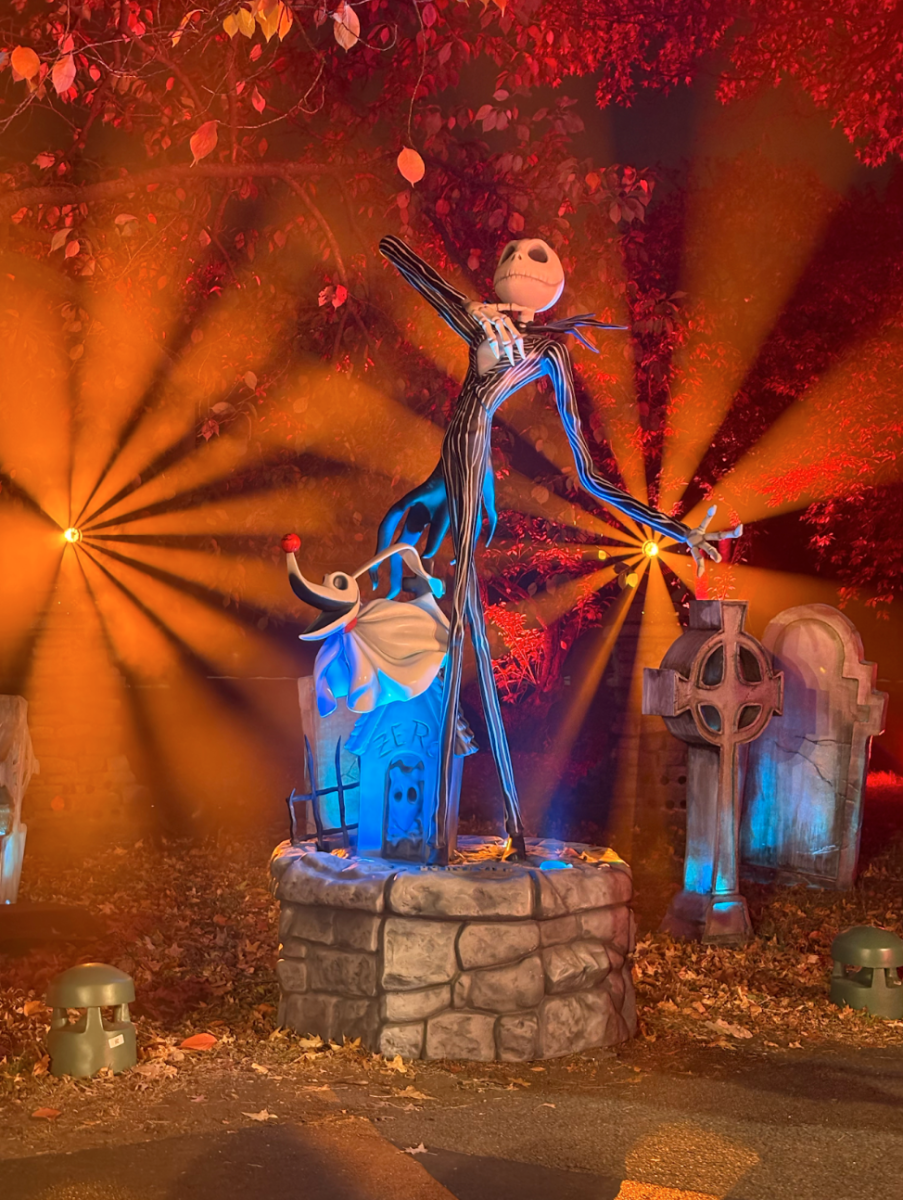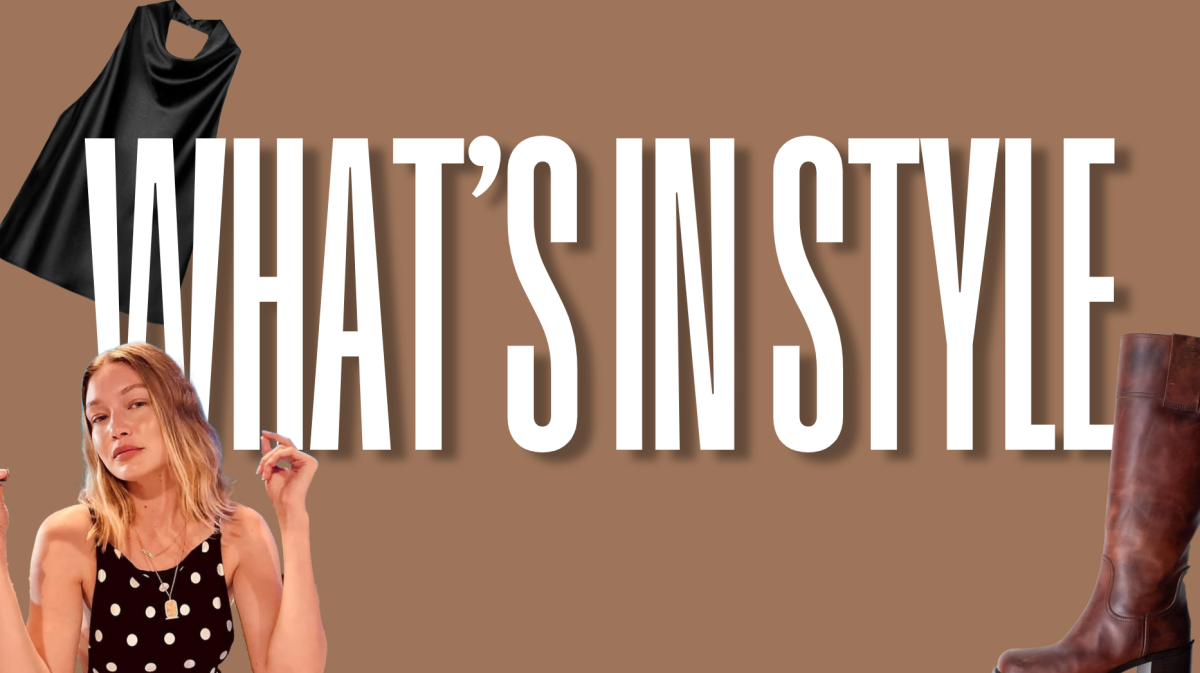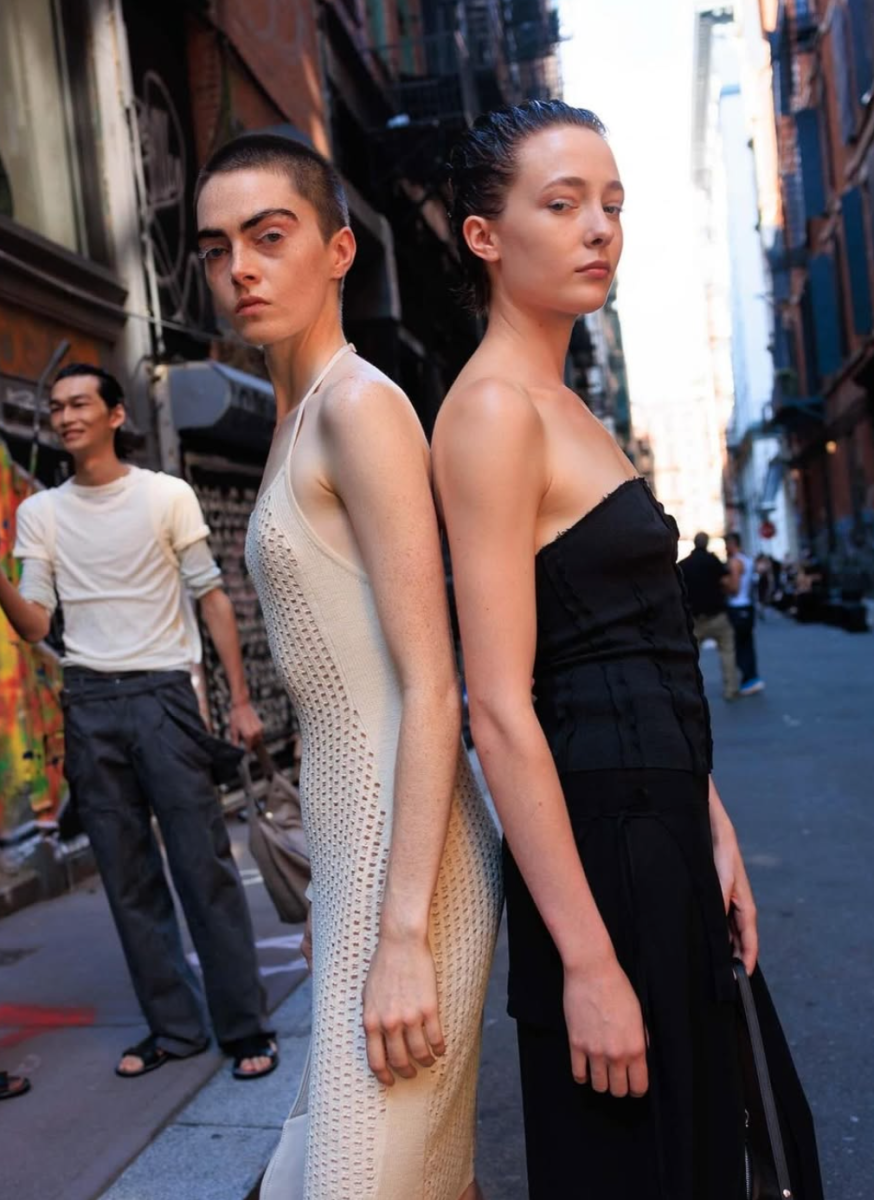By KEVIN ZEBROSKI
The Seersucker provides a wealth of knowledge on sartorial fundamentals, contemporary male fashion and the mastery of personal style.
The tie is an interesting piece of clothing. It serves no obvious purpose. It doesn’t keep the wearer warm, hold together a placket shirt or cinch the waist like a belt. It doesn’t even conceal a flask. The tie, nonetheless, is a unique article of clothing, and as formal male attire has remained rigid and conservative over the years, a tie can convey the wearer’s personality.
Ties come in a huge variety of patterns and prints including stripes, large scarf-styled prints, geometric tessellations, paisley, polka dots and sailboats. The striped tie recalls university days and school allegiance, making it a good way to display the ol’ Fordham maroon. Solid ties are boring. Scar-patterned ties have a large printed pattern like one that could be found on a lady’s silk scarf. The small, repetitive prints found on classically-styled ties are my personal favorite, as they have the potential to be paired with a striped or solid shirt. The most important aspect of matching patterns is to avoid redundancy. Tie pattern type and the weight of the pattern should be different than that of the shirt you’re wearing.
The width of the tie is the other important factor to consider when shopping around for a new neckpiece. The slim ties hovering around the two-inch width are a modern callback to an American retro style. The lobster-bib four-inchers that were popular in the ’80s look ridiculous on everyone. The timeless three-inch width will always be OK, and, in my opinion, is the ideal width. I see the modern slim tie as a casual alternative to the three-inch tie. Slim ties look best when made of light silk twill.
A lightweight weave allows for smaller and tighter knots, and a thicker weave is better material for tying chin pillows. Hermes and similar brands make a large variety of three-inch ties in a silk twill. They are a costly investment, but you will not need to worry about the perils of investing in a frenetic trend; the three-inch, silk weave tie will remain in style for years.
And now for the knot. I only tie a “four-in-hand” out of preference. Fleming’s original James Bond only wore the “four-in-hand” because he viewed the “Windsor” knot and other triangular knots as an indication of meticulous and vain behavior. There’s some insight to be found in this bit of roughly-paraphrased fiction. I think that the simplicity and minimalism of the four-in-hand outshines any of the visual qualities of a thicker knot. The “Windsor,” or “full-Windsor” as people have taken to calling it, is symmetrical, large and garish. The “four-in-hand” is effortless, efficient, sleek and rakish.
It’s your call.










































































































































































































